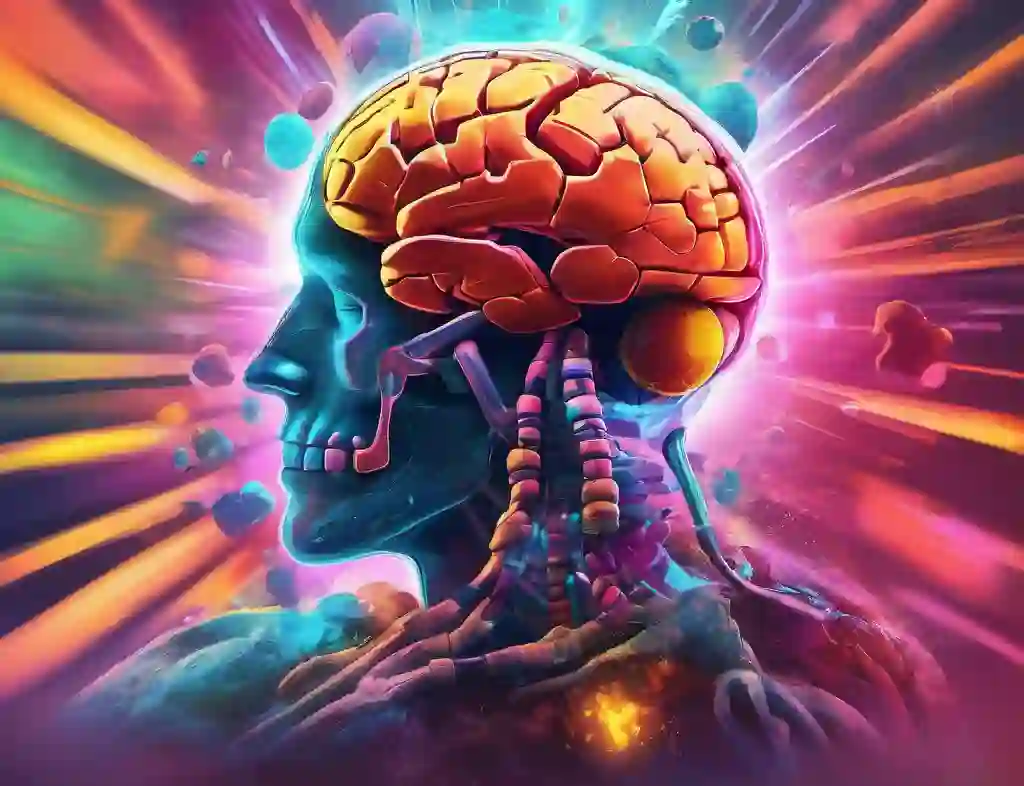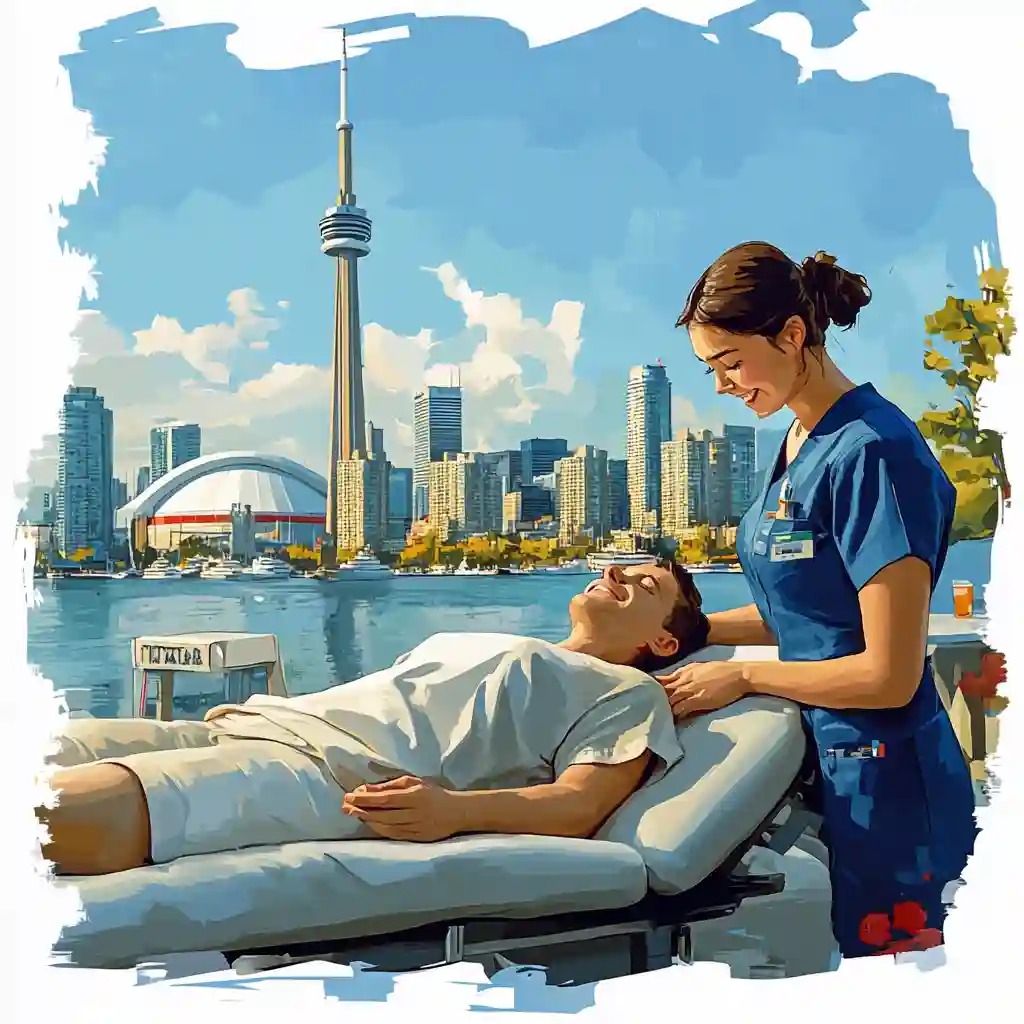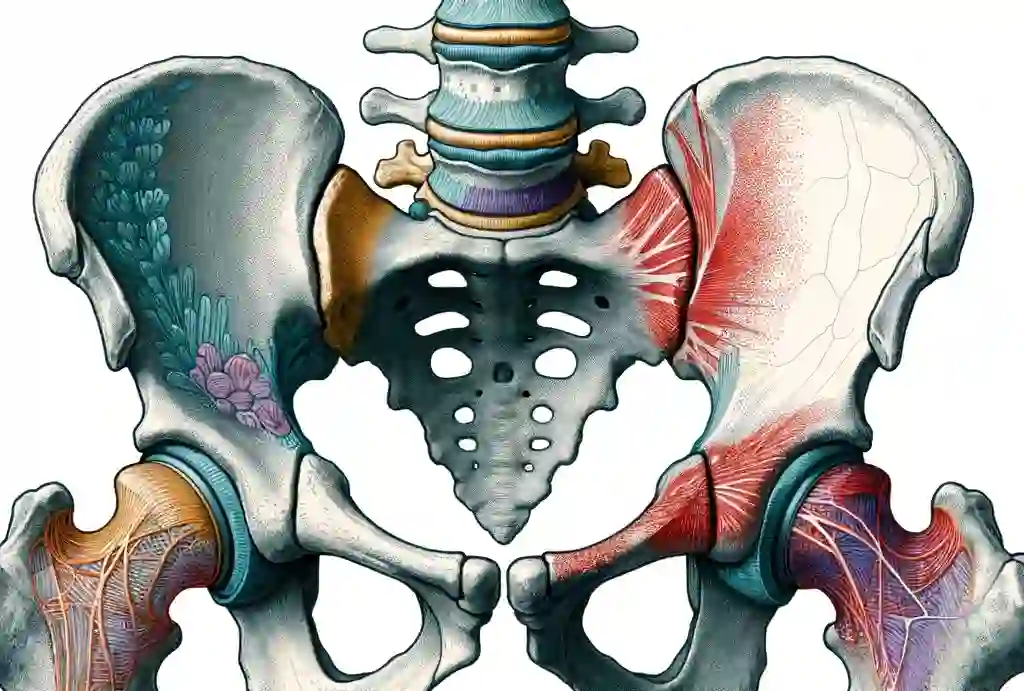Best Concussion Treatment Options

Advancements in Concussion Treatment: Exercise and Early Return to School
Recent research on concussion treatment has revealed that exercises and an earlier return to school are more effective [1]. If your chiropractor or physiotherapist suggests staying in a dark room or avoiding screens until recovery, it’s worth noting that this approach is outdated and proven to be ineffective.
It’s essential to recognize that each concussion presents a unique spectrum of symptoms, warranting a customized management approach.
Concussions can significantly disrupt various aspects of life, including work, school, social interactions, relationships, and participation in athletic activities. Seeking a tailored and progressive concussion treatment plan aligned with current research findings is crucial for optimal recovery. Always consult with healthcare professionals to determine the most suitable approach for your specific concussion and its associated symptoms.

Concussion Treatment: A Glimpse into Timelines
Fortunately, the majority of concussions resolve in less than two weeks. However, when concussion symptoms persist for 4-6 weeks or more, the condition is then termed post-concussion syndrome (PCS). This distinction in timelines helps healthcare professionals understand the duration and potential complications associated with the recovery process, enabling them to tailor management strategies accordingly.
Optimal Concussion Recovery: Actionable Insights from Research
Recent studies indicate that resting for more than two days can impede the recovery process. This emphasizes the importance of a timely return to school for children and work for adults [2]. Prolonged absence from these routine activities may lead to increased stress and anxiety in athletes, potentially extending the recovery period [2].
Choosing A Back To School Backpack
Incorporating light physical activity into the recovery plan is also crucial. Initiating activities such as walking for 5 minutes and gradually progressing to 20 minutes per day as soon as possible can contribute positively to the recovery process [3]. These findings underscore the significance of an active and structured approach to concussion management for optimal outcomes.
Sub-Symptom Threshold Training
Progressive Exercise Approach for Concussion Treatment
Once walking is tolerated without exacerbating symptoms, the next step is to introduce more dynamic exercises. This can involve fast walking or using a stationary bicycle, gradually increasing the duration from 5 to 20 minutes.
However, it’s crucial to monitor for any worsening of symptoms during exercise. If symptoms do worsen, the athlete should pause exercising for a day and then cautiously attempt to resume the next day. This step-by-step and responsive exercise approach aims to support a gradual and sustainable recovery from concussion without causing additional stress to the individual.
Managing Screen Time During Concussion Recovery
Extended use of computers, tablets, and phones can exacerbate symptoms during concussion recovery. To address this, downloading Flux can be beneficial. Flux is a tool that reduces the intensity of blue light emitted by screens, giving a warmer, more orange, yellow, and red tint similar to sunset colours.
This adjustment helps decrease the energy your eyes absorb, allowing for increased tolerance to screens over more extended periods. By incorporating tools like Flux, individuals recovering from concussions can better manage screen time and minimize potential aggravation of symptoms.
- Morning Assessment:
- Gauge your screen tolerance in the morning when symptoms are less pronounced.
- Take note of the duration before symptoms escalate.
- Morning Rest:
- Rest from screen exposure for the remainder of the morning to minimize symptom aggravation.
- Afternoon Reassessment:
- In the afternoon, before symptoms typically onset, attempt screen activities again.
- Font and Style Adjustment:
- Increase the font size to 12 or 14 for better visibility.
- Opt for Arial font, known for its readability.
By strategically timing and adjusting screen usage, individuals can potentially extend their tolerance periods and facilitate a more comfortable experience during concussion recovery.
Tell us what you think in the comments below and like us on Facebook. I will answer all questions in the comments section here at this downtown Toronto Chiropractic clinic. Let us know who you think is the best concussion chiropractor.
Research
- Sport-Related Concussion in Children and Adolescents,Pediatrics, December 2018, VOLUME 142 / ISSUE 6
- Danny George Thomas, MD, MPHa , Jennifer N. Apps, PhDb , Raymond G. Hoffmann, PhDa , Michael McCrea, PhDc , Thomas Hamm, Benefits of Strict Rest After Acute Concussion: A Randomized Controlled Trial, Pediatrics. 2015;135:213-223
- Leddy J, et al. PM&R. 2016;8:S91-S100).
Pictures
- Photo by Ben Hershey on Unsplash








